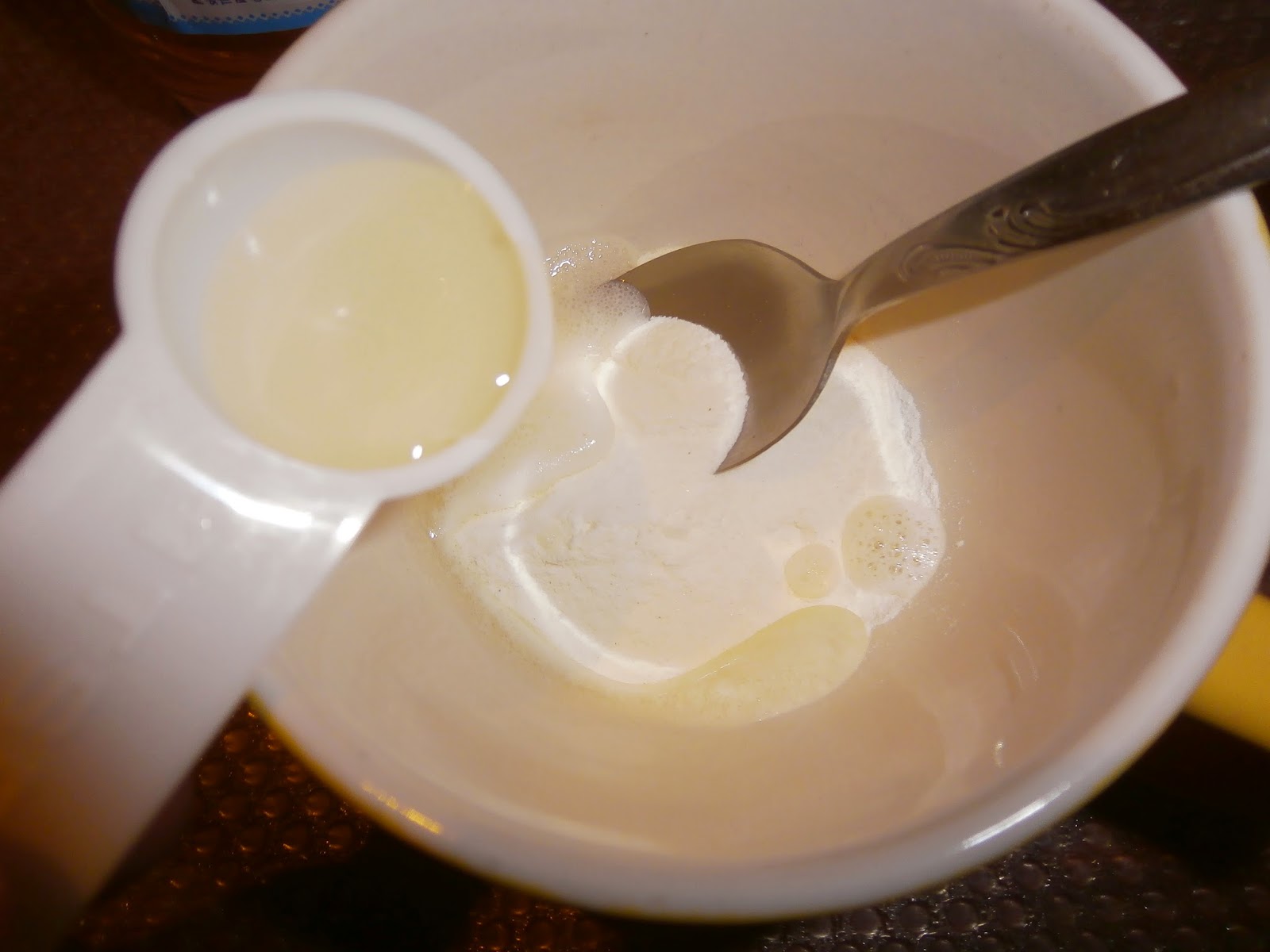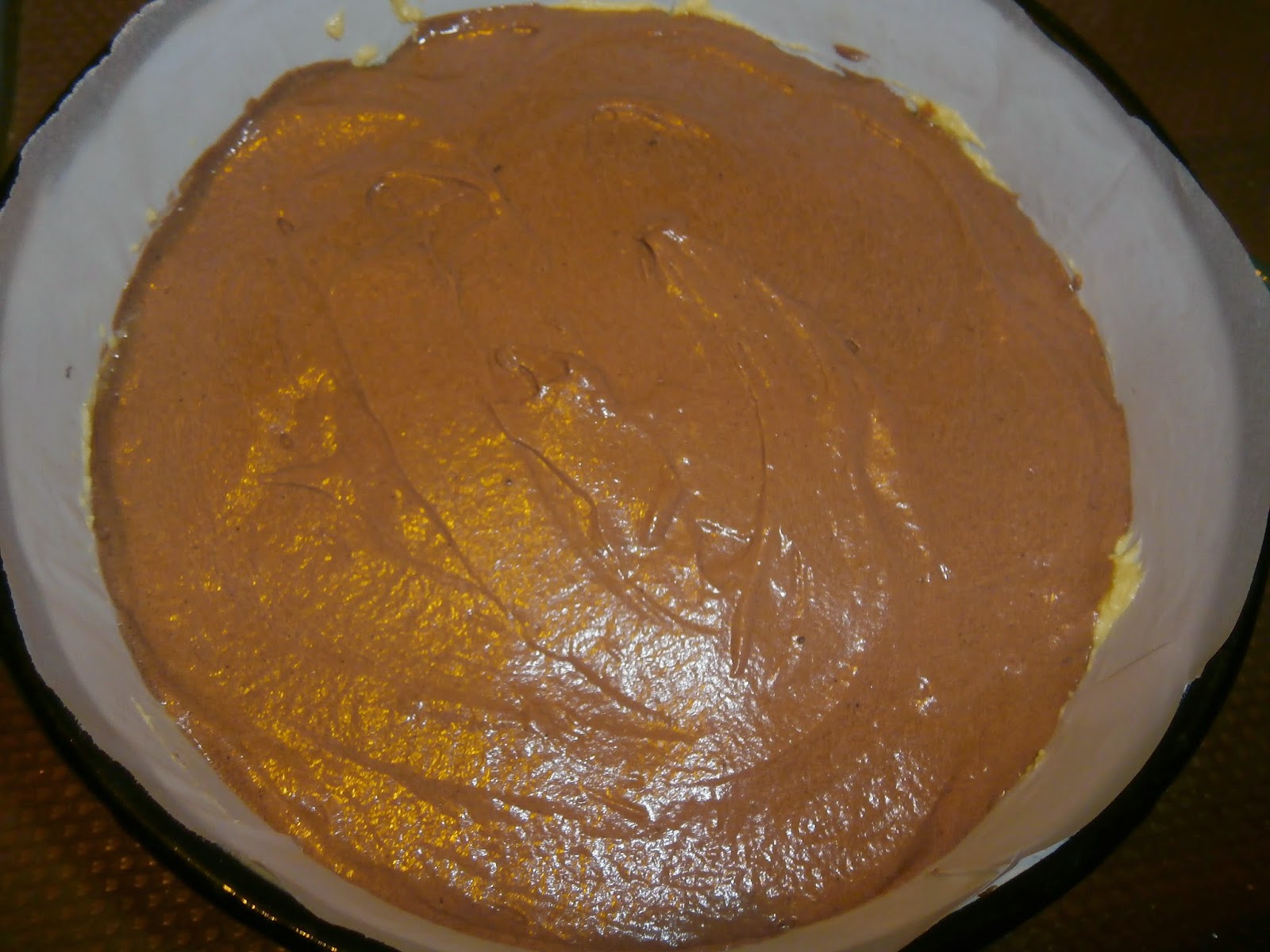Luna mai este printre preferatele mele: soare,
flori şi… ziua mea de nume (conform calendarului ortodox). Îmi iubesc numele şi
semnificaţia lui (Elena, gr. ‘Ελενη -
Helene = rază de soare), dar şi al doilea nume şi semnificaţia lui (Roxana,
persian روشنک – Roshanak =
strălucitor), precum şi combinaţia dintre cele două, mai puţin cratima aceea
odioasă pe care mi-au trecut-o în acte. Revenind, în fiecare an aştept ziua de 21
mai cu multă bucurie, 21 fiind şi un număr pe care îl consider norocos, poate
chiar predestinat.
Acum câţiva ani, mama şi sora mea mi-au făcut
o surpriză pregătindu-mi acest tort. Mi-a plăcut atât de mult (în mod destul de
ciudat pe vremea aceea, pentru că nu eram tocmai fan brânză), încât mi-a rămas
în amintire. Reţeta însă se pierduse la un moment dat, dar la insistenţele mele
(insistente, dacă înţelegeţi ce vreau să spun), mama a găsit-o din nou (între timp am găsit şi eu două reţete pe
internet, cu diferenţe foarte mici între ele). Iar spre plăcuta mea surprindere, s-a dovedit a fi de origini poloneze (după cum aţi
văzut, noua mea pasiune în materie de dulciuri).
V-o prezint şi vouă şi sper să vă încânte la
fel de mult ca pe mine!
TORT POLONEZ CU BRÂNZĂ DULCE
Blat:
- 100 g unt, la temperatura camerei
- 100 g zahăr
- 1 ou
- 130 g făină
- 120 ml lapte călduţ
- 2-3 linguri cacao
- 10 g praf de copt
- 3 linguriţe oţet
- ½ păstaie de vanilie sau ¼ linguriţă extract de vanilie
- 500 g brânză proaspătă de vaci
- 100 g unt, la temperatura camerei
- 120 g zahăr pudră
- 2 ouă
- 1 lingură griş
- ½ păstaie de vanilie sau ¼ linguriţă extract de vanilie
- coaja de la o lămâie/portocală
- 50-100 g stafide (opţional)
Pentru aluat, mixăm untul
cu zahărul până devine cremos, apoi adăugăm oul şi mixăm din nou până la
încorporare.
Adăugăm alternativ
făina şi laptele, folosind mai bine o lingură de lemn sau o spatulă în locul
mixerului.
Pentru cremă, mixăm (la
viteză mică) brânza de vaci (bine scursă) cu untul, zahărul şi gălbenuşurile de
la cele două ouă – nu insistăm prea mult cu mixerul.
Adăugăm grişul, apoi
aromele (coaja de lămâie sau portocală şi vanilia) – ar fi mai bine să folosim acum o spatulă,
pentru a nu mixa prea mult brânza (eu m-am gândit cam târziu să fac schimbarea).
Opţional, putem să
adăugăm în cremă stafide.
Ungem cu unt şi
tapetăm cu hârtie de copt (sau făină) o tavă de circa 20 cm diametru (dacă e
prea mare tava, prăjitura va ieşi foarte subţire).
Punem crema şi
nivelăm cu grijă (nu trebuie să apăsăm prea tare pentru a nu cufunda crema în
aluat).
Întroducem prăjitura în
cuptorul preîncălzit şi o coacem la foc potrivit circa 45-50 de minute sau până
când, introducând o scobitoare în mijloc, aceasta iese curată.
Când s-a răcit bine, transferăm tortul, cu
grijă, pe un platou. |
| S-a cam lăsat, dar nu a fost o tragedie |
Pentru decorare, avem mai multe opţiuni: îl
lăsăm simplu, îl îmbrăcăm în frişcă sau într-o glazură de ciocolată.
Poftă bună!
******************************************************************************************************
May is one of my
favorite months of all year: sun, flowers and... my name day (in the Orthodox
calendar). I love my name and its meaning ((Elena, gr. ‘Ελενη - Helene = torch,
corposant), as well as my second name and its meaning (Roxana, Persian روشنک –
Roshanak = bright, dawn), and the combination between them, but not that odious
hyphen in my papers. Anyway, each year I look forward to this day (May 21st) to
come, as 21 is also a number which I consider lucky, maybe even fated.
A few years ago, my
mother and my sister made this cake for me as a surprise. I liked it so much
(strangely enough for that time, as I wasn't a big cheese fan), that it stayed
with me. The recipe was unfortunately lost for some time, but I was persistent
in my insistence towards my mother to look for it, and finally I was
successful: she found it and I also found two recipes on the internet, with just
few differences between them. I was pleasantly surprised to see that the cake
is Polish (as you all are aware, this is my newest sweets passion).
I will show it to you
too and I hope you will enjoy it as much as I did!
POLISH CAKE WITH DRY CURD COTTAGE CHEESE
Batter:
- 100 g butter, at room temperature
- 100 g sugar
- 1 egg
- 130 g flour
- 120 ml lukewarm milk
- 2-3 tablespoons cocoa
- 10 g baking powder
- 3 teaspoons vinegar
- ½ vanilla bean or ¼ teaspoon vanilla extract
- 500 g dry curd cottage cheese
- 100 g butter, at room temperature
- 120 g icing sugar
- 2 eggs
- 1 tablespoon semolina
- ½ vanilla bean or ¼ teaspoon vanilla extract
- zest from one lemon/orange
- 50-100 g raisins (optional)
For the batter, we mix
the butter and sugar until creamy, then add the egg and mix again until smooth.
Alternatively, we add
in the flour and milk, using a wooden spoon or a spatula instead of the mixer.
We then fold in the
cocoa, baking powder previously mixed with the vinegar and the vanilla.
For the cream, we mix
(on low speed) the dry curd cheese (well drained) with the butter, sugar and the
two egg yolks – we shouldn't insist with using the mixer.
We add the semolina,
then the flavors (lemon or orange zest and vanilla) – now it’s better to use a
spatula, in order to prevent the over-mixing of the cheese (I thought too late to make this change).
Separately, we beat
the egg whites until smooth, then fold them in the cream, at first one third,
then the rest.
We can now add the
raisins, if used.
We grease and line
with parchment paper or powder with flour an approximately 20 cm cake pan (if
the pan is too large, the cake will be too thin).
We pour one half of
the batter (it can be exactly half or a little more, like two thirds, if we
want a thicker base) and level.
We put on top the cream
and gently level it (we mustn't press too much, to avoid dipping the cream into
the batter).
We finally pour the
remaining batter and level.
We bake the cake in
the preheated oven, to medium heat, for about 45-50 minutes or until the
toothpick introduced in the middle comes out clean.
When ready, we turn
off the heat and let the cream cool down in the slightly open oven.
When cooled, we
carefully transfer the cake on a plate.
For the decoration, we
have more options: we can leave it simple, cover it in whipped cream or in a
chocolate glaze.
I just grated some chocolate
on top: easy and with a rustic beauty.
It’s done, we can now
slice and serve the cake!
Enjoy!









































Niciun comentariu:
Trimiteți un comentariu